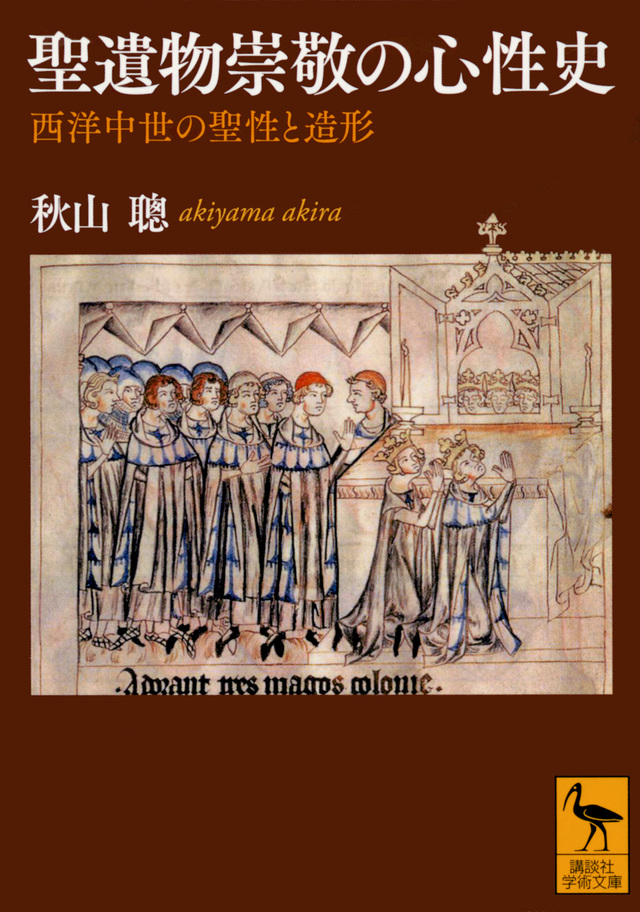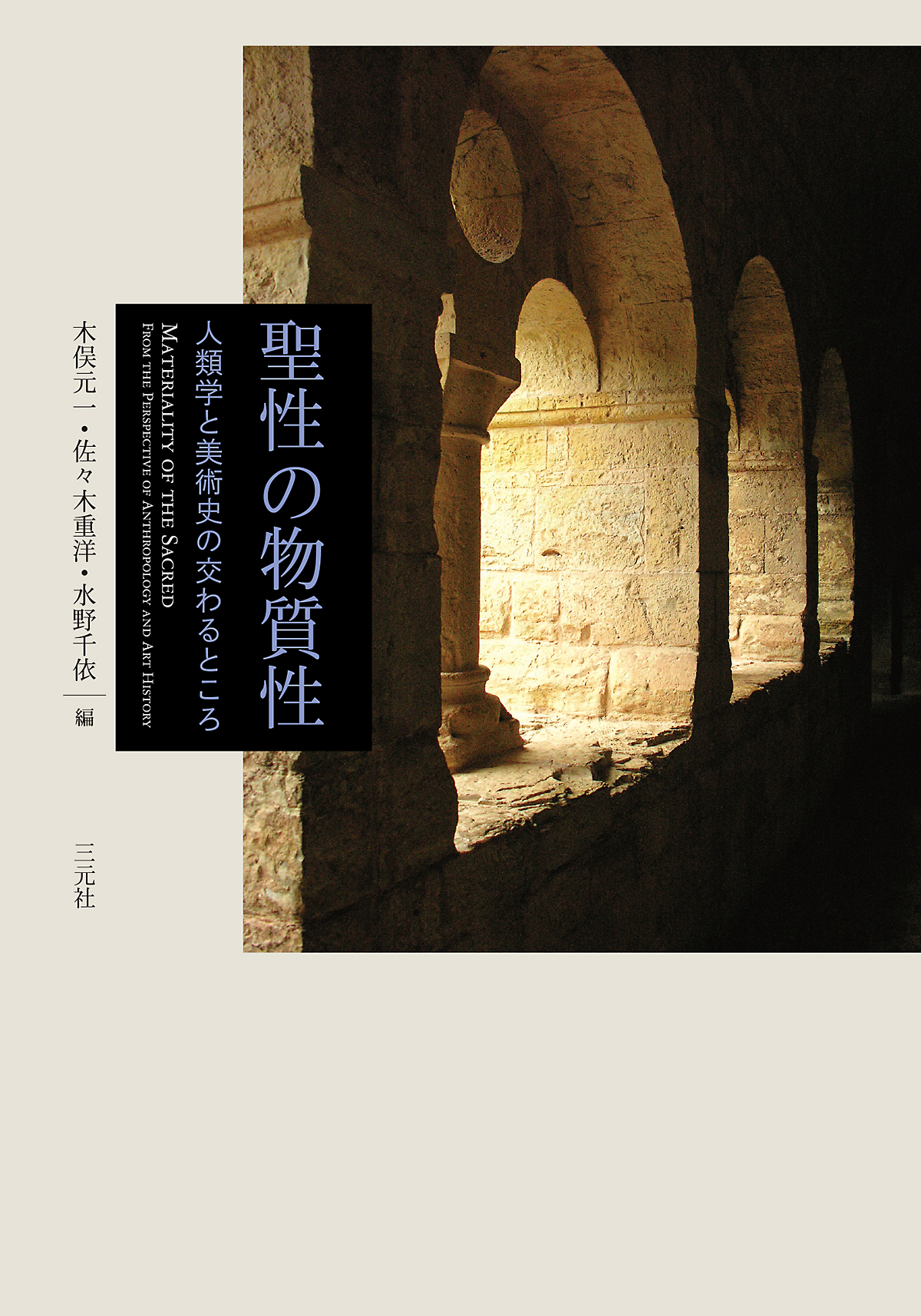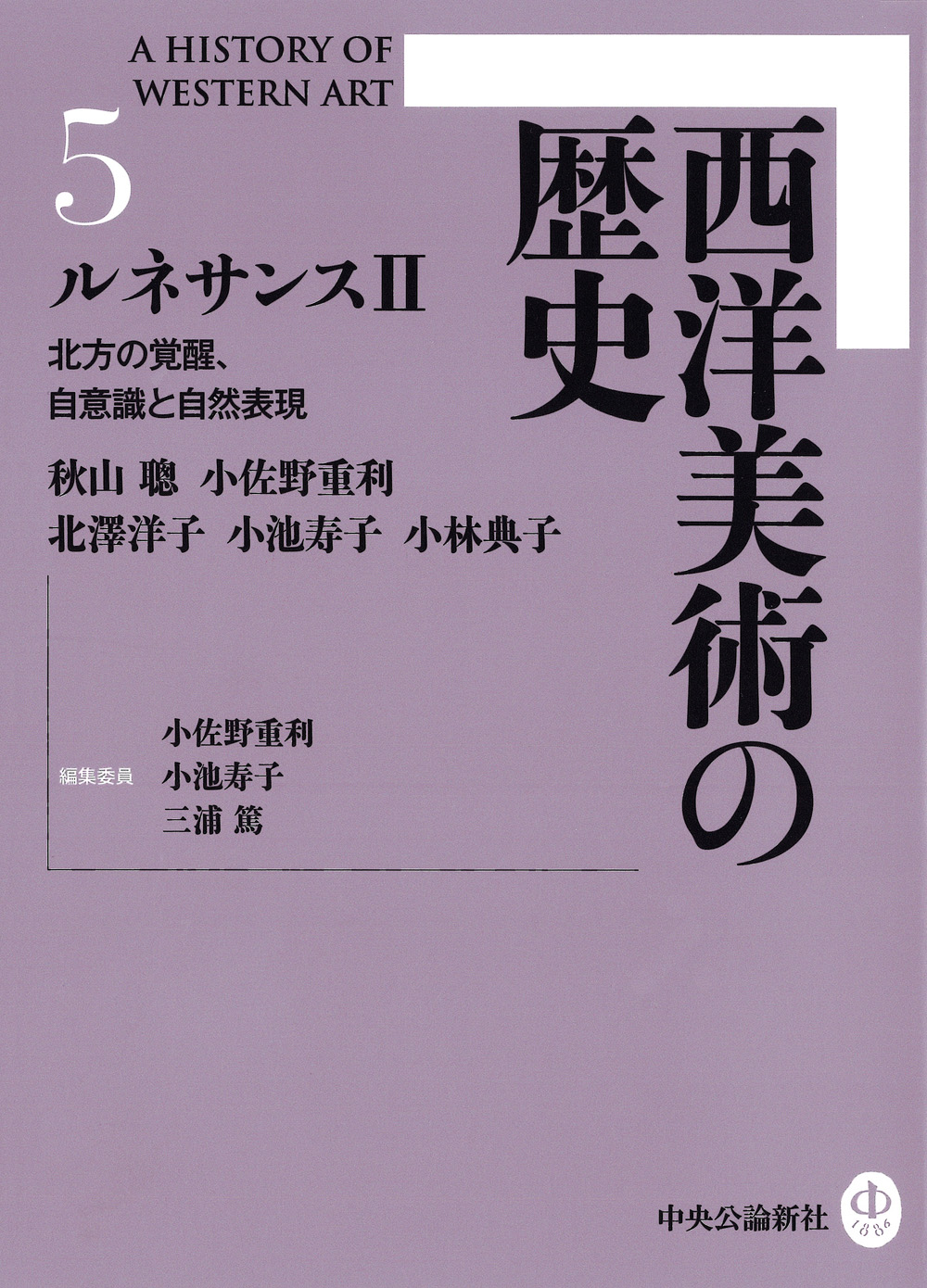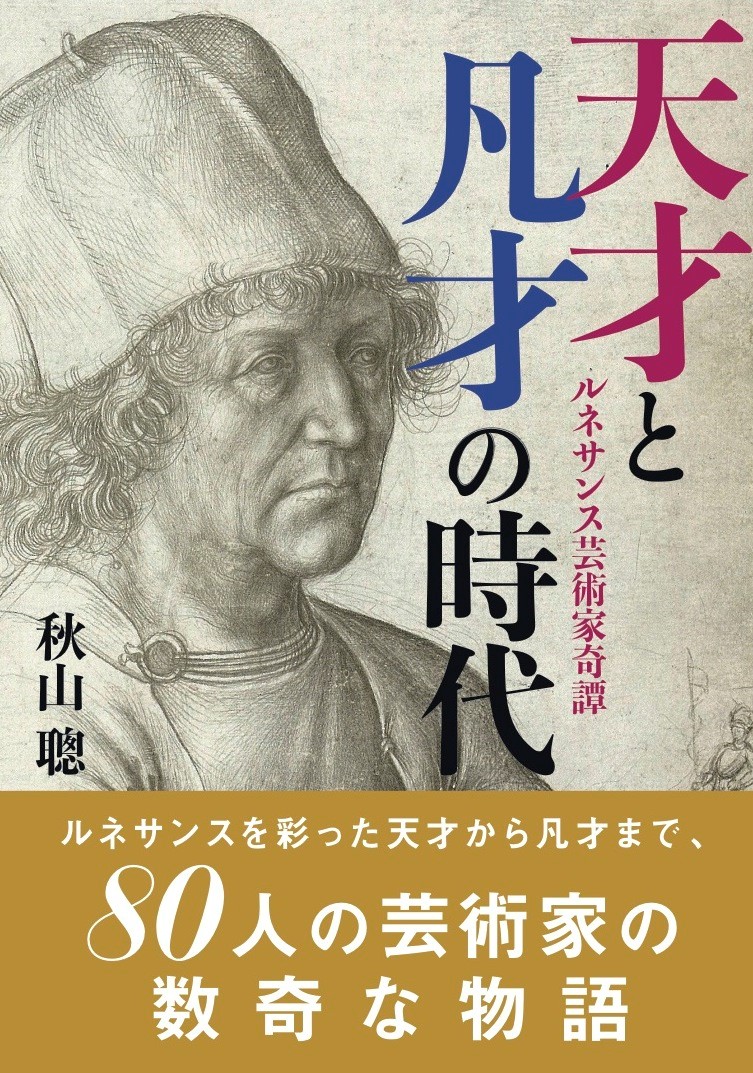
Title
Kodansha Academic Library Seiibutsu-Sukei no Shinsei-shi (Cultural history of the veneration of relics - Holiness and the figurative arts in the West in the Middle Ages)
Size
312 pages, A6 format
Language
Japanese
Released
October 12, 2018
ISBN
978-4-06-513518-1
Published by
Kodansha
Book Info
See Book Availability at Library
Misc.
The original book was published as Kodansha Métier in 2009.
Japanese Page
Mitsuru Yaku is known as a manga artist and a sumo fan, though he is also a collector of curios. I watched him on late-night TV—I remember that he had carefully preserved the skin from a blister in the palm of Hideki Matsui, the star baseball player for the Tokyo Giants and the New York Yankees. He also had an enormous collection of cigarette butts from entertainment personalities. He might be considered an eccentric collector in today’s era, but in terms of cultural history, his collecting might be considered an activity that is rooted in the essence of humanity and makes perfect sense.
In Christianity, the footprints of Christ and other divine vestiges were believed by some to be inhabited by a special power called virtus. The traces of holy beings, such as Christ and Mary, who were believed to ascend to Heaven after their deaths but did not leave their corpses on earth, were thus regarded as sanctuaries imbued with holiness. By contrast, saints were considered to be mediums through whom God exercised his power in the human world, and it was thought that after their deaths, their corpses would remain on earth while their souls would immediately repose at an altar in Heaven. Those corpses would then be resurrected at the Last Judgement, acquire new bodies, and reintegrate them with the souls who are reposing in Heaven. Therefore, the physical bodies of the saints, resting here and there on the earth, were regarded as mediums inhabited by divine power, and they were believed to open a pathway to Heaven.
Coming back to Mitsuru Yaku’s treasures, the skin of the blister in Matsui’s palm might be called a body relic, while the used cigarette butts of entertainment personalities would be contact relics, formed through contact with God or a saint, just like any place or item touched by God.
Though body and contact relics were important mediums in Christendom for God to exercise his power (virtus) on earth, it is very interesting that they are imbued with such a special aura that people still collect them today. The secular world in the modern era may also have been influenced by the principle of relics in Christianity, and this book discusses the various effects that relics in the Christian world had, particularly regarding the figurative arts. For whatever reason, many more people seem to have read the book than I first expected, so the edition published by Kodansha Sosho Métier has now been added to the Kodansha Academic Library, Kodansha Gakugei Bunko.
This book could probably be read as the go-to book in Japanese on the veneration of relics, but my hidden intention is actually to present several strange episodes involving relics. The judges of the Suntory Prize for Social Sciences and Humanities praised it in their commentary for its “significantly ‘geeky’ (otaku, or ‘obsessive’) approach.” I would be overjoyed for you to learn about the veneration of relics in the Middle Ages in the West and its relation to the figurative arts while enjoying some rather curious stories about them in this book.
(Written by AKIYAMA Akira, Professor, Graduate School of Humanities and Sociology / 2020)
Related Info
2009 Suntory Prize for Social Science and Humanities (2009)
https://www.suntory.com/sfnd/prize_ssah/list.html



 Find a book
Find a book




